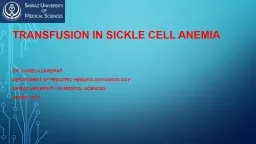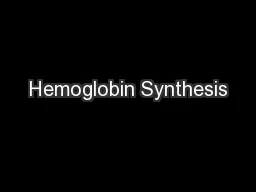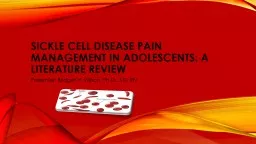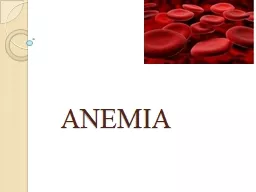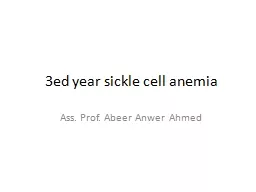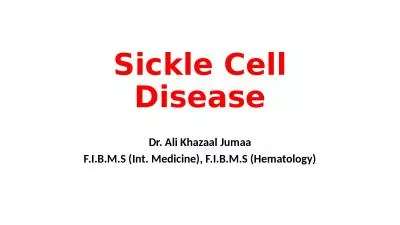PPT-Transfusion in Sickle cell anemia
Author : pamella-moone | Published Date : 2020-04-03
Dr Soheila zareifar Department of pediatric hematologyoncology Shiraz university of medical sciences Qeshm 2018 Transfusion in Sickle Cell In sickle cell disease
Presentation Embed Code
Download Presentation
Download Presentation The PPT/PDF document " Transfusion in Sickle cell anemia" is the property of its rightful owner. Permission is granted to download and print the materials on this website for personal, non-commercial use only, and to display it on your personal computer provided you do not modify the materials and that you retain all copyright notices contained in the materials. By downloading content from our website, you accept the terms of this agreement.
Transfusion in Sickle cell anemia: Transcript
Download Rules Of Document
" Transfusion in Sickle cell anemia"The content belongs to its owner. You may download and print it for personal use, without modification, and keep all copyright notices. By downloading, you agree to these terms.
Related Documents

